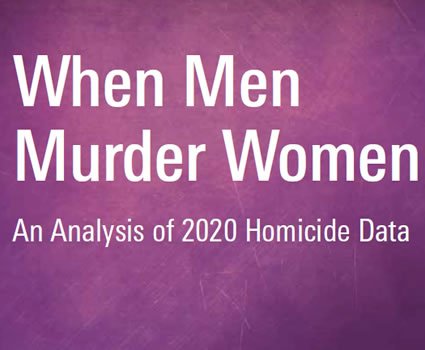By Kate McGoldrick , SallyAnne Collis , Linda Mulligan
Introduction: Femicide represents the dramatic end-point on a spectrum of violence against women and is an increasingly prevalent medico-legal issue. Whilst there is no definition of femicide in the Irish legal system, femicide can be understood as the gender-based killing of women or girls The pervasiveness of gender-based violence against women is a growing cause for concern with 2018 estimates by the World Health Organisation (WHO) revealing that 1 in 3 women have experienced Intimate Partner Violence (IPV). Femicide remains poorly defined and underreported worldwide due to enduring stigmatization, shame, and a lack of official statistics addressing national femicide rates. Aim: The aim of this study was to explore Irish cases of femicide, quantify the prevalence of femicide in Ireland, and identify any emerging trends over 12 years. Methods: All homicides referred to the Office of the State Pathologist (OSP) from 2012 to 2023 were reviewed and a total of 97 cases of femicide were identified and included in this study. Results: Femicide rates increased from 1 in 5 (19 %) homicides referred to the OSP in 2012–2020 to 3 in 10 from 2021 to 2023 (29 %). Domestic femicides accounted for 74 % of cases, with 41 % of women murdered in the home they shared with their killer. 56 % of women were killed by a current or former intimate partner and 20 % by a family member. Sharp force injuries were present in 75 % of femicides associated with a history of sexual violence. These cases had the highest average number of injuries per case (n = 30) and a significantly lower average age than that of the entire cohort (19 years versus 41 years). Conclusion: The true scale of gender-based violence against women remains largely hidden due to a lack of focused official statistics and a clear definition of femicide. As populations become more diverse, and displacement secondary to environmental, or humanitarian crises becomes more common, official data must be collected in order to understand and ultimately prevent gender-based violence in this vulnerable cohort.
Journal of Forensic and Legal Medicine Volume 107, October 2024, 102754





